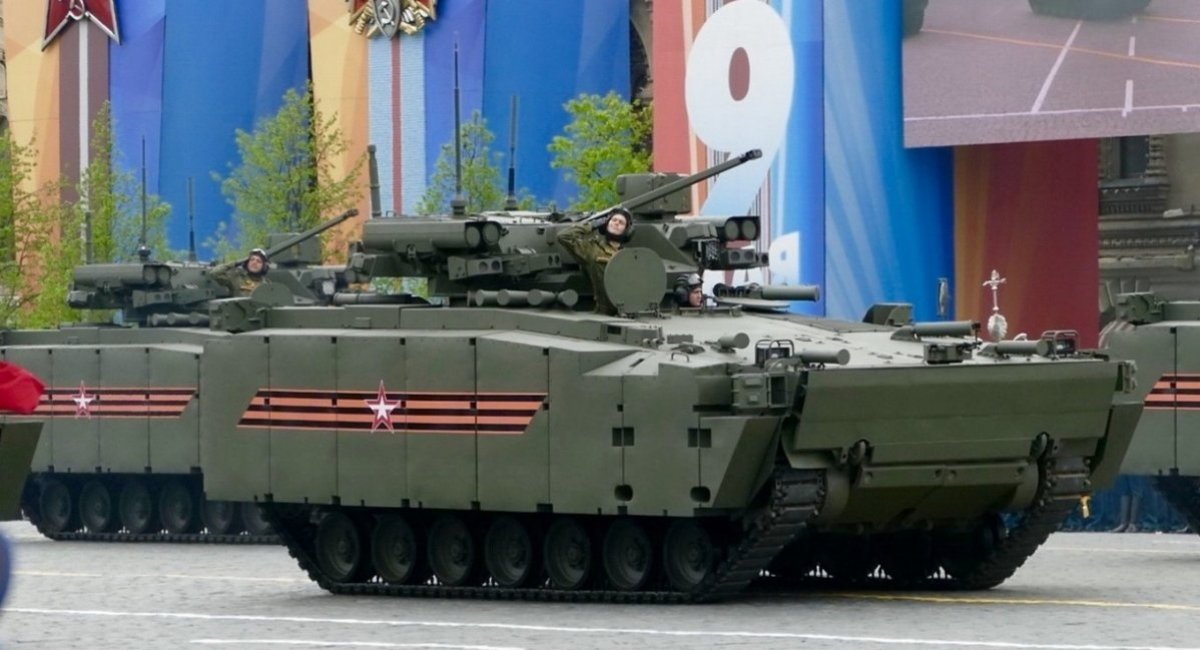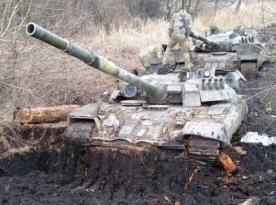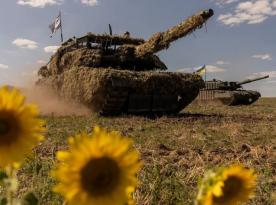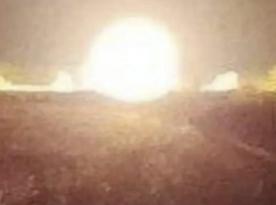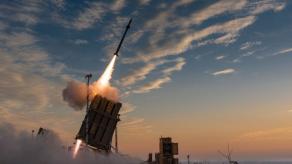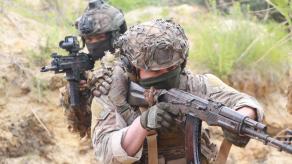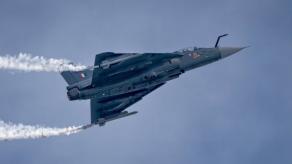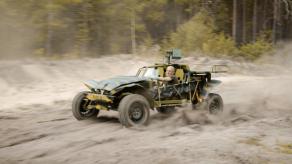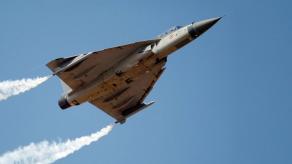The other day, during the MILEX 2025 arms exhibition in Minsk, the russian defense conglomerate Rostec announced that the Kurganets-25 infantry fighting vehicle, currently under development, is now in the final stages of its preliminary tests — which, according to the latest official timelines, were scheduled to begin in May 2021 and conclude by October of the same year.
This means that either the preliminary testing phase was once again postponed, or it has been ongoing for a full four years. Note: the original plan was to start this phase in 2016 but it was subsequently pushed back to 2017, then to 2019, and finally to 2021. Moving on to state acceptance trials was also scheduled for 2021, with completion expected the following year.
Read more: Facing russia Alone: U.S. Withdrawal Would Force Europe to Acquire 400 Fighter Jets, 600 Tanks, and $300 Billion in Additional Arms
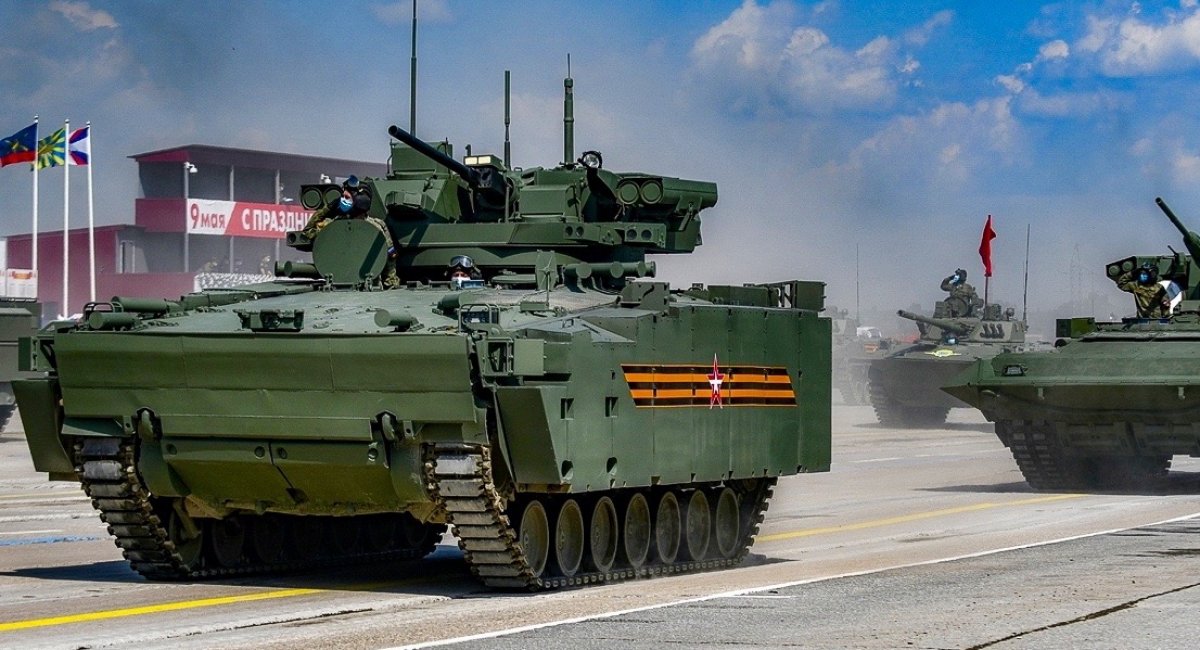
As a matter of fact, the Kurganets-25 program began in the early 2010s, with the first prototype produced in 2013. The vehicle made its public debut during the May 9, 2015 military parade in Moscow, and since then it has only appeared in parades and other public events.
Since 2015, a limited number of Kurganets-25 vehicles have reportedly been handed over to the russian Armed Forces for field testing. Now russian media report that the vehicle has demonstrated its stated capabilities and confirmed compliance with the russian Ministry of Defense's technical requirements during preliminary trials — though no evidence has been presented.
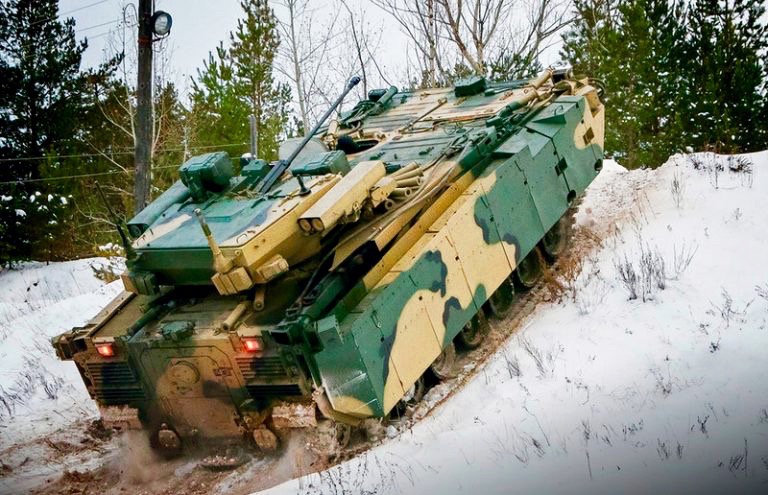
However, such chaos is not unique to the Kurganets-25. It also extends to the broader landscape of russian IFV development. Currently, around 14 different models of IFVs with various weapon systems are being developed in parallel in the russian federation, most of them remain far from completion.
As for the Kurganets-25, its future remains uncertain. Development has now spanned more than 15 years, and the vehicle still has not progressed beyond the preliminary testing stage. In addition, its production cost will be much higher than that of IFVs based on existing platforms like the serial BMP-3 (e.g., the B-19) or the upgraded BMP-2M.
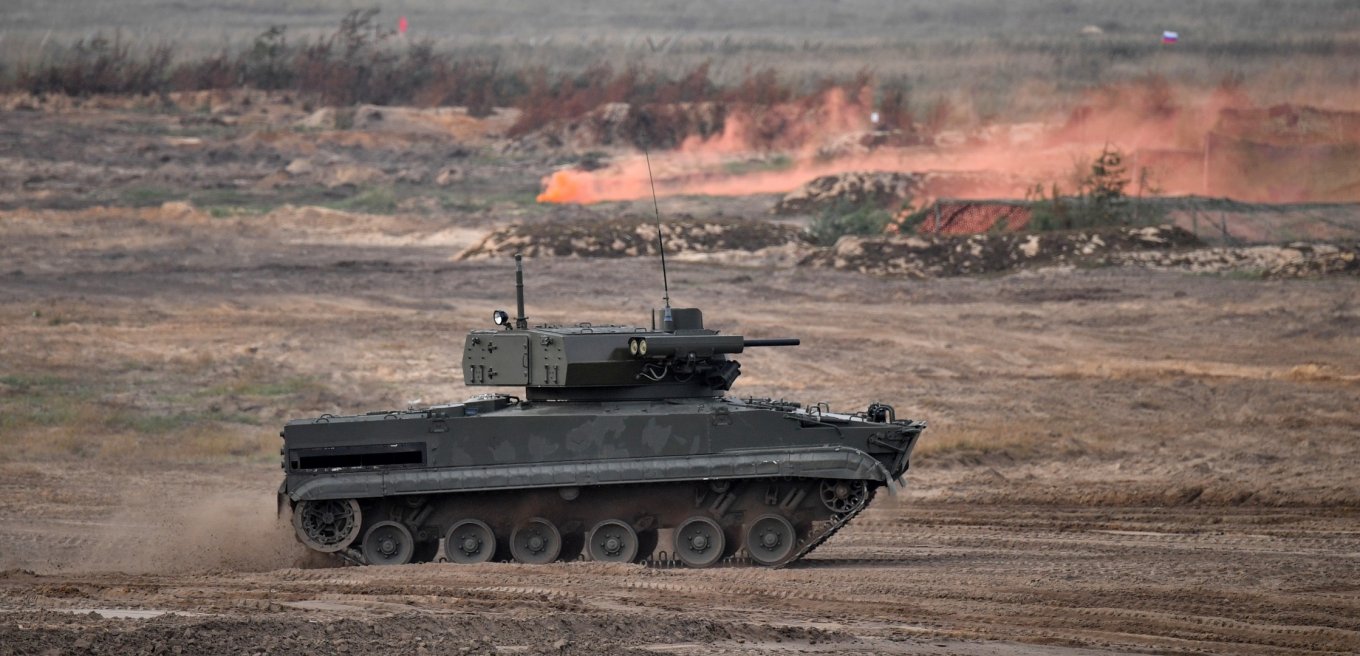
The Kurganets-25 is equipped with a remotely operated Boomerang-BM turret, featuring a 30mm 2A42 automatic cannon, a 7.62mm PKT machine gun, and four Kornet-EM anti-tank missile launchers.
The engine and transmission are housed in the front of the hull, with the crew and dismounted troops seated in the rear. The crew consists of three people, while the troop compartment accommodates eight soldiers. The vehicle's combat weight is approximately 36 tons. It is claimed to include modern fire control and surveillance systems.
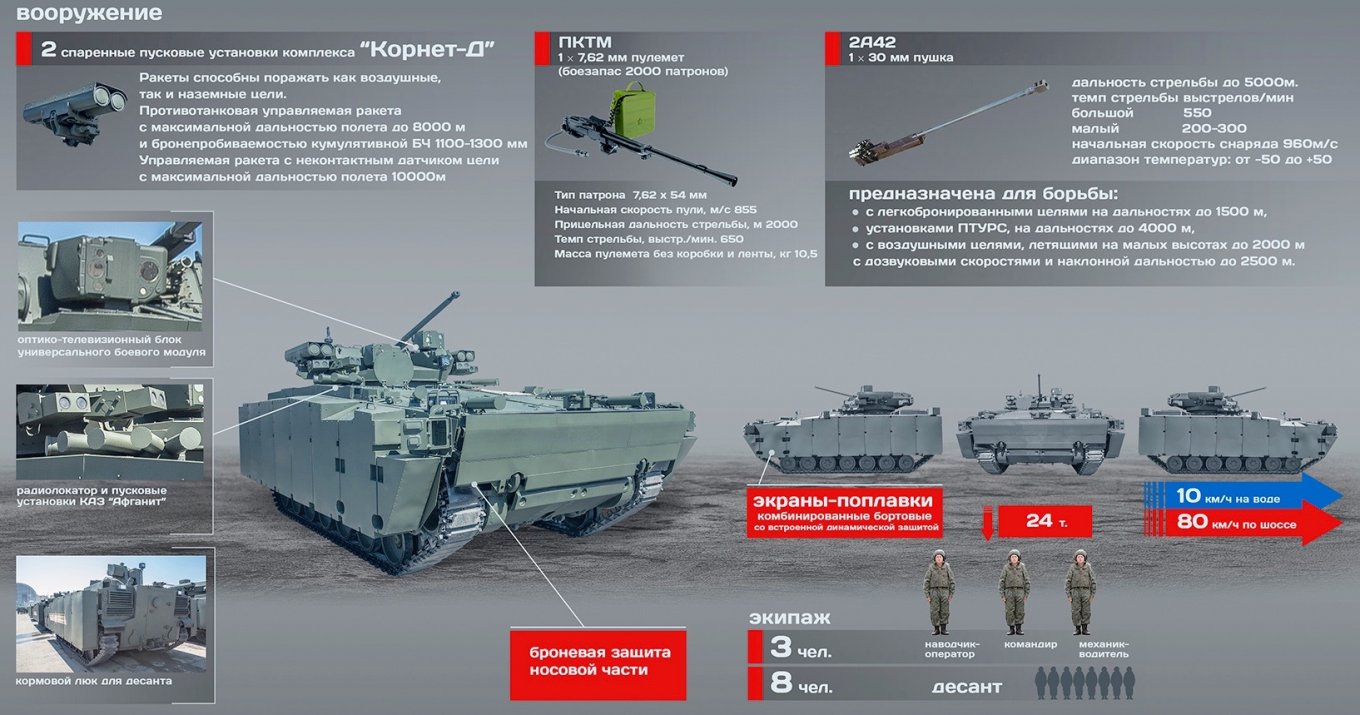
Additionally, the Kurganets-25 is reportedly outfitted with the Afganit active protection system and the associated suite of sensors. The IFV is notably large — measuring 7.2 meters in length, 3.2 meters in width, and 2.3 meters in height. Powered by an engine generating roughly 800 horsepower, it can reach road speeds of up to 80 km/h. Pump-jets located at the rear of the hull enable crossing water obstacles at speeds of up to 10 km/h.
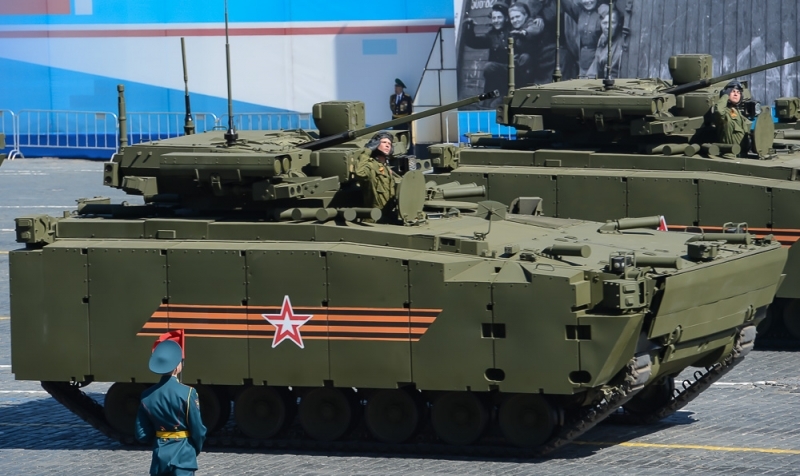
Read more: russia Turns to Older Equipment: Instead of Boomerang and Kurganets Armored Vehicles They Using MT-LB and Desertcross




